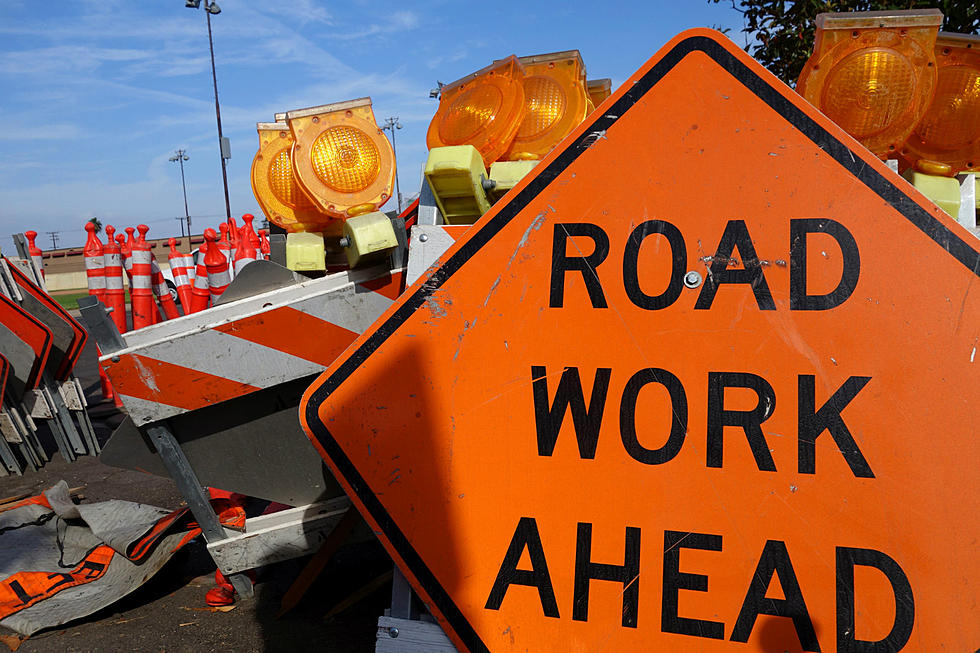April 8th through April 12th is Severe Weather Awareness Week in Minnesota. On Monday, we talk about alerts and warnings.
Weather alerts come in various forms, serving as vital indicators of potential hazards issued by the National Weather Service (NWS). Familiarizing yourself with these terms and understanding appropriate responses can significantly enhance safety.
Advisory
When hazardous weather conditions are imminent, occurring, or likely to happen, an advisory is issued. These notifications indicate less severe situations than warnings but still pose risks to life and property if caution isn’t exercised.
Watch
A watch indicates favorable weather conditions for hazardous events. Essentially, it advises individuals to remain vigilant and prepared for potential weather-related risks. Whether it’s severe thunderstorms, tornadoes, or flash floods, a watch signals that dangerous weather could unfold, though it hasn’t commenced yet.
For swiftly occurring events like severe thunderstorms or tornadoes, a watch implies high probabilities of occurrence but not immediate danger. Individuals are urged to stay informed and monitor weather updates as these events can escalate rapidly, sometimes without sufficient warning.
Conversely, for prolonged events such as floods or winter storms, a watch indicates a looming threat that necessitates ongoing monitoring. It prompts individuals to stay abreast of weather developments and be prepared to take action if necessary.
A winter storm watch, for instance, advises proactive measures like stocking up on emergency supplies and familiarizing oneself with response protocols in anticipation of potential warnings.
Warnings
Warnings denote imminent or ongoing hazardous weather events within a defined area, necessitating immediate protective action. Whether it’s severe thunderstorms, tornadoes, or flash floods, warnings indicate that individuals should seek shelter promptly to ensure their safety.
Tornado warnings typically entail outdoor alerts via sirens, while those indoors are advised to rely on radios, TVs, or Weather Radio broadcasts for updated information. Depending on local policies, other weather warnings may also utilize sirens for dissemination.
In the case of a winter storm warning, it’s deemed unsafe to travel or venture outdoors. Individuals are advised to seek shelter and avoid unnecessary journeys until conditions improve.
Issuance of Alerts
Before watches and warnings are issued, various sources including the NWS, private forecasters, newspapers, and media outlets endeavor to notify the public of potential weather hazards.
Forecasts for winter storms may commence several days in advance, allowing time for preparation and precautionary measures. However, alerts for severe thunderstorms, tornadoes, and flash floods typically originate closer to the event, with the NWS Storm Prediction Center often issuing advisories the day before anticipated hazardous weather. Television weathercasters frequently highlight these alerts during evening broadcasts, ensuring widespread awareness and readiness for impending weather threats.


